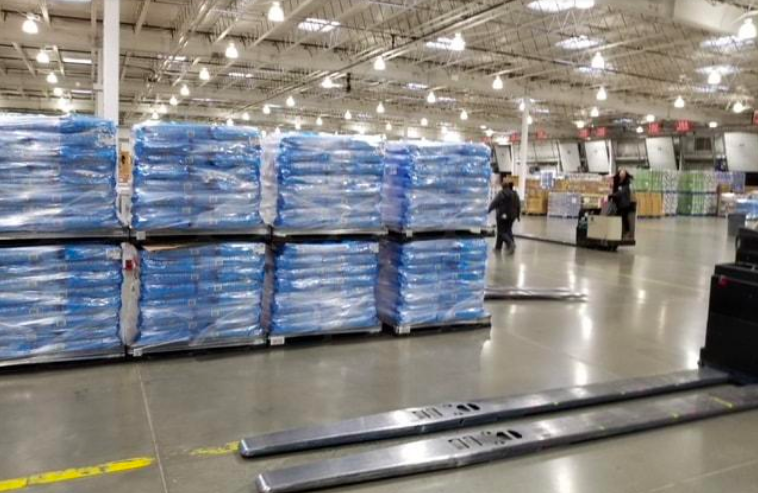
In today’s fast-paced world, the need for storage solutions has never been greater. Whether you’re decluttering your home, organizing a workspace, or managing inventory for a business, how we store our belongings can significantly impact the environment. By adopting eco-friendly storage practices, we can reduce our carbon footprint and promote a more sustainable future. Here are some tips to help you store smartly and sustainably.
When selecting storage containers, look for options made from recycled or sustainable materials. For instance, bamboo storage bins are not only stylish but also renewable. Glass jars and metal containers are durable alternatives to plastic, helping to minimize waste and reduce reliance on single-use items.
Before purchasing new storage solutions, consider repurposing items you already own. Old shoe boxes, jars, or baskets can serve as effective storage without contributing to new waste. A little creativity can go a long way in giving new life to these items while keeping your space organized.
Modular storage systems allow you to adapt your organization to changing needs. These systems can be expanded or reconfigured, reducing the need to buy new products as your storage requirements evolve. Look for systems made from sustainable materials that can grow with you, minimizing waste over time.
One of the best ways to reduce your storage footprint is to minimize the number of items you keep. Conduct regular decluttering sessions, and be mindful of what you truly need. Donate or recycle items that no longer serve a purpose in your life. This not only creates more space but also prevents unnecessary waste.
When shopping for storage solutions, prioritize local businesses that practice sustainable manufacturing. Supporting eco-conscious brands can significantly lower the carbon footprint associated with shipping and production. Look for certifications that indicate a commitment to sustainability, such as Fair Trade or FSC (Forest Stewardship Council) labels.
Make the most of your available space by utilizing vertical storage options. Shelves, wall-mounted units, and hooks can help you maximize storage without needing bulky furniture. This practice not only keeps your items organized but also reduces the amount of material needed for additional storage solutions.
If you’re storing items long-term, consider using climate-controlled storage units that operate on renewable energy sources. These facilities can help preserve your belongings while also minimizing energy consumption. Look for providers that prioritize sustainability and energy efficiency.
For documents, photographs, and other data, consider going digital. Scanning important papers and photos can save physical space and reduce the need for filing cabinets and storage boxes. Digital storage also eliminates the need for paper, ink, and other materials, further reducing your carbon footprint.
If you’re storing items for moving or long-term storage, opt for eco-friendly packing materials. Instead of bubble wrap and plastic, use biodegradable packing peanuts, recycled paper, or even old towels and blankets. These materials can provide cushioning without contributing to plastic pollution.
Share your eco-friendly storage practices with friends and family. The more we educate ourselves and others about sustainable living, the bigger impact we can make collectively. Consider hosting a workshop or a community swap meet to promote sustainable storage solutions and encourage mindful consumption.